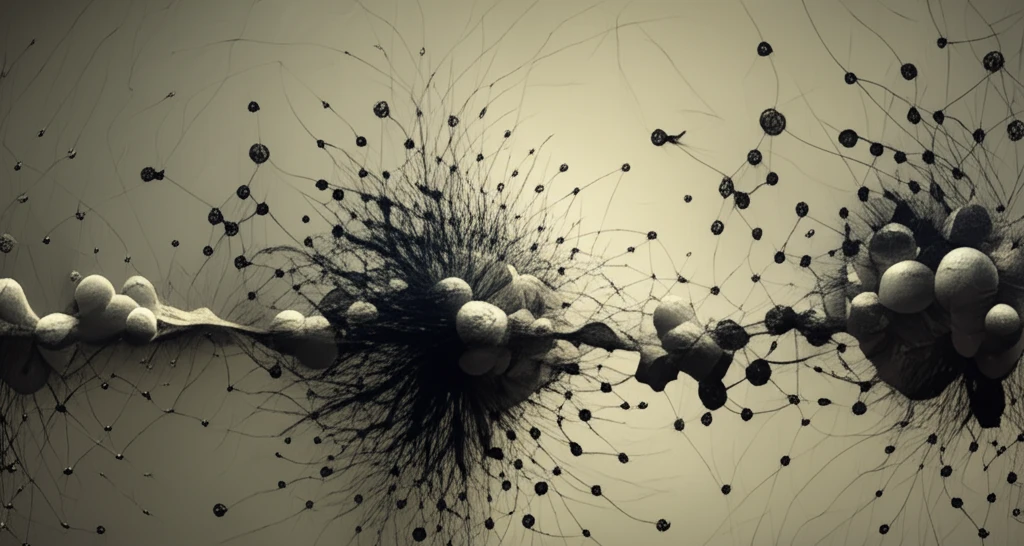
Is Your Social Circle Echoing Your Own Thoughts? How Endogenous Networks Shape Opinions
"Discover how the dynamics of network formation and individual adaptability can lead to opinion polarization or surprising consensus in social groups."
In an era defined by echo chambers and filter bubbles, it's easy to wonder how much our social circles shape what we think. Polarization, the divergence of opinions to extremes, has become a hallmark of modern society. While many theories compartmentalize opinion convergence, a new study digs into the micro-foundations of how individuals strategically select their reference groups, offering insights into how our opinions and networks evolve in tandem.
Ugo Bolletta and Paolo Pin's research, 'Dynamic opinion updating with endogenous networks,' offers a fresh perspective on this complex issue. Unlike traditional approaches that examine pre-existing networks, this model looks at how networks form in the first place, driven by individuals seeking connections and managing their beliefs. The researchers explore how people balance the benefits of having connections against the need to adjust their opinions, leading to surprising outcomes.
The study doesn't just diagnose the problem; it seeks to understand the conditions that lead to either lasting polarization or unexpected consensus. By understanding these dynamics, we can start to address the divisions in our communities and foster more productive conversations.
What Drives Our Opinions? The Core of the Dynamic Opinion Model

At the heart of Bolletta and Pin's model lie two key parameters: people's direct benefit from connections and their adaptability in adjusting their opinions. These parameters influence how individuals form and maintain relationships, which in turn shapes the overall network structure. The model assumes that individuals strategically select reference groups, offering a dynamic process where both individual opinions and the network evolve simultaneously.
- Network Disconnection and Polarization: The research highlights specific conditions that prevent networks from achieving complete connectivity, resulting in enduring polarization. This is crucial for understanding how echo chambers form and persist.
- Transient Polarization: The model reveals that polarization can emerge temporarily during the transition towards consensus. This suggests that observing polarization at a single point in time doesn't necessarily indicate long-term division.
- Critical Network Metric: The initial diameter of the network (the largest geodesic distance between any two individuals) is identified as a critical metric. Under specific conditions related to the initial distribution of opinions, this metric can predict the network's future.
What’s the Takeaway? Practical Implications for a Divided World
The research of Bolletta and Pin provides valuable insights into the complex interplay between individual opinions, social networks, and the potential for both polarization and consensus. By understanding the dynamics that drive these processes, we can better address the divisions within our society and work toward fostering more productive and inclusive conversations. Understanding the conditions that lead to both polarization and consensus opens doors for interventions and strategies aimed at bridging divides and promoting understanding.
